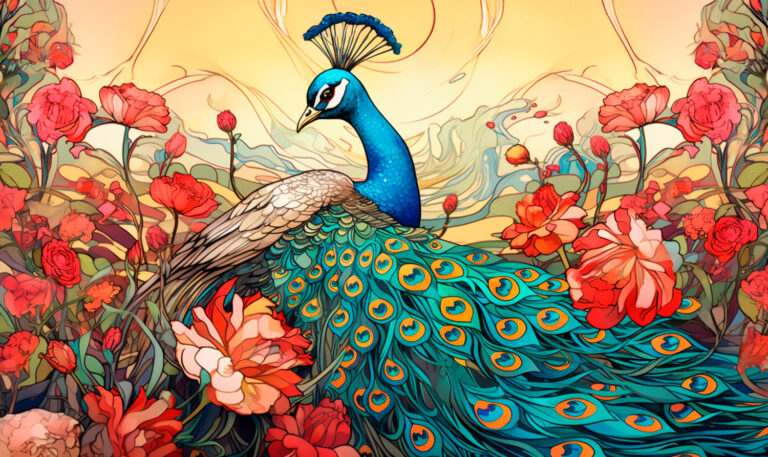Art and design are always evolving. One technique that has proven to be a game-changer is vectorizing art. If you’ve been working with images, you might have heard about raster and vector images. But why is vectorizing your art so important? Let’s explore.
Understanding Raster and Vector Images
Before diving into vectorizing, it’s crucial to understand the difference between raster and vector images. Raster images are made up of pixels. Think of a photograph taken with a camera. These images can lose quality when resized. Imagine zooming in on a photo and seeing tiny squares, or pixels. This is what happens with raster images.
On the other hand, vector images are made up of paths defined by mathematical formulas. These paths can be lines, shapes, or other geometric figures. The magic of vector images is that they can be resized without losing quality. Whether you make them as small as a stamp or as large as a billboard, they stay crisp and clear.
The Importance of Vectorizing Your Art
1. Scalability: When you vectorize an image, you ensure that it can be scaled up or down without losing any detail. This is particularly important for logos, which might need to appear on a small business card or a large banner. With vector art, your designs will look professional and sharp, regardless of size.
2. Flexibility in Editing: Vectorized images are easier to edit. Each element can be individually manipulated, changing colors, shapes, and sizes without affecting the overall quality of the image. If you need to update a design, vector files make it simple and efficient.
3. Reduced File Size: Vector files are usually smaller than raster files. This can save storage space and make it easier to share your designs with others. Smaller file sizes also mean faster loading times, which is crucial for web design.
4. Professional Quality: Vector art is often required by professional Linkhouse printers and designers. It ensures that your work meets industry standards. By using vectorizing art service for your images, you demonstrate professionalism and a commitment to quality.
5. Better Printing: Printing vector images produces cleaner, sharper prints. This is because the print quality does not depend on the resolution of the image. Vector images ensure that the final print looks as good as the digital version.
How to Vectorize Your Art
Vectorizing your art might seem daunting, but it can be straightforward with the right tools and techniques.
1. Use Vector Software: Several software options are available for vectorizing images. Adobe Illustrator is one of the most popular, but there are also free alternatives like Inkscape. These programs offer tools to convert raster images to vectors and to create vector art from scratch.
2. Manual Tracing: For those who prefer a hands-on approach, manual tracing can be a great way to vectorize images. This involves using vector software to trace over the raster image with vector paths. While this can be time-consuming, it often results in more precise and customized vector art.
3. Automatic Tracing: Many vector software programs offer automatic tracing features. You can import a raster image and use the software’s tools to convert it to a vector image automatically. While this method is quick, it may not always produce perfect results. It often requires some manual tweaking to achieve the desired quality.
Practical Applications of Vectorized Art
1. Logo Design: One of the most common uses of vectorized art is in logo design. A vector logo ensures that the branding is consistent across all media, from websites to print materials.
2. Illustrations: Illustrators often use vector art to create detailed and scalable illustrations. This is particularly useful for digital art, where images must be resized frequently.
3. Web Design: Web designers use vector images to create icons, buttons, and other elements that need to look good on various devices and screen sizes. Vector graphics ensure that these elements remain clear and professional-looking.
4. Apparel and Merchandise: Designs for T-shirts, mugs, and other merchandise often need to be vectorized. This ensures that the designs can be printed in high quality on different surfaces.
Conclusion
Vectorizing your art is more than just a technical process; it’s a way to ensure your work is versatile, professional, and ready for any application. By converting your raster images to vector, you gain flexibility, scalability, and quality that are essential in today’s competitive design world. Whether you’re a seasoned designer or just starting out, embracing vector art can elevate your creations and open up new possibilities.
In a world where first impressions matter, make sure your art stands out. Vectorize your images and watch your designs achieve the freedom and quality they deserve.

